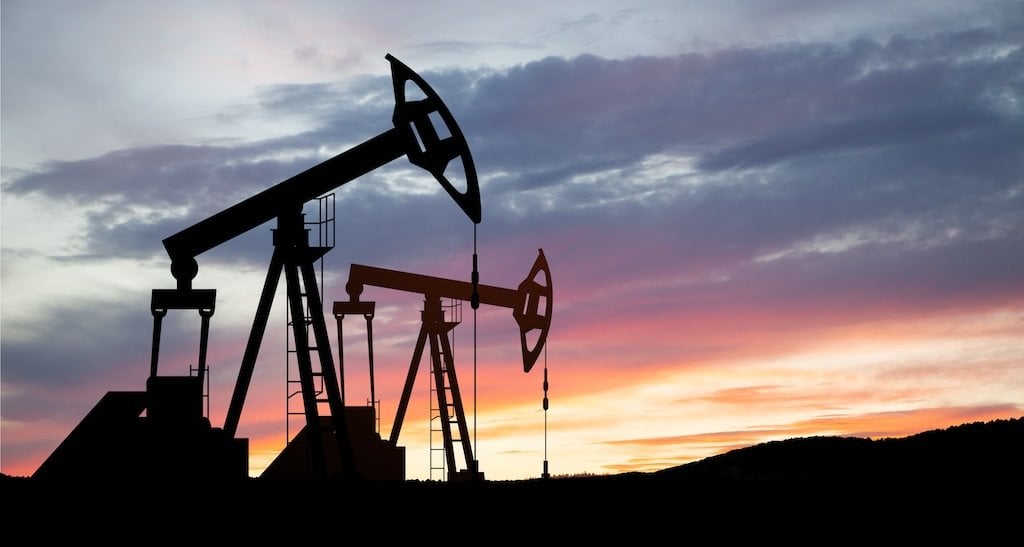Water and climate change are wicked problems, independently and jointly. In a 1973 article in Policy Sciences, Horst W. J. Rittel and Marvin M. Webber introduced the idea of a “wicked problem,” a social policy dilemma that has no definitive scientific solution and is intertwined with other problems.
Where the two wicked problems of water and climate change overlap, climate change is a threat multiplier.
While water security and climate change have often been treated as separate problems, in reality they are inextricably linked. As the impacts of climate change increase, so do the stressors that decrease water security. A thoughtful evaluation of where these two wicked problems intersect will help guide the public sector, private sector, non-governmental organizations, and civil society towards enduring solutions.

The Wicked Problem of Water
Historically, water issues have not only plagued societies, but in some cases, brought them down. It’s not always drinking water but water as an agricultural issue, too (think: no food = no society). Today, a great number of regions and countries face issues of either excess water or aridification. Water quality and pollution issues are also often at play, adding another complicating element. In turn, agro issues are also intensified.
Drinking water is just part of a bigger set of problems. Economic prosperity itself is also hindered by problems with natural ecosystems, flooding, poor water quality, and inequitable access to water.
These water challenges can, in part or in entirety, be attributed to poor governance and public policy. Other contributing factors include aging water infrastructure and underinvestment, slow adoption of innovative technologies, and the gross undervaluation of water.
For millions of people globally who live without running water, accessing drinkable water also entails increased personal security risks, primarily for women and children. Climate change creates additional pressures on often already tenuous situations. In other words, it amplifies and multiplies existing threats.
Climate + Water = Instability
In addition to the impacts of climate change and water instability on human health, the two are also increasing natural disasters and affecting food security, power production (e.g., thermoelectric power generation), business continuity and growth, and social well-being. Increased water insecurity due to the impacts of climate change has the potential to uproot nearly every aspect of modern society if left unchecked: urban and rural settlements, energy production, industrial development, economic growth, and natural ecosystems.

Stakeholders that are associated with all those issues have specific needs for amounts and quality of water. These needs are essential to how we regulate water systems and deeply affect the decision-making processes behind that regulation. But the needs of various stakeholders often conflict. And the majority of the world’s water systems are in some way threatened. (Only 23 percent of the world’s longest rivers (over 1,000 miles long) flow to the ocean uninterrupted.)
Consider a regulated reservoir with hydropower stations located along an upstream river, with agricultural fields located downstream (a very common situation). This reservoir is regulated with specific rules based on past water-related conditions, but climate change is changing these historical conditions. If water availability is reduced, the hydropower station would like to keep more water upstream to maintain a stable power production, but farmers downstream want more water to maintain crop production.
In addition, other stakeholders such as citizens, businesses, and natural ecosystems rely on surface water resources and its tributaries, and each one has their own interests and needs. Therefore, climate change has the potential to exacerbate water-related issues: it can increase the intensity and length of conflicts, increase poverty, increase food deserts, and disrupt access to education and knowledge.
Who solves wicked water and climate problems?
Wicked problems like those related to water and climate change rarely sit conveniently within the responsibility of any one organization. Yet everyone from individuals through multinational corporations and governments has a role to play in solving them. Solving such wicked problems begins with individuals understanding how their choices impact water and climate, and changing how they behave. Then those changes must typically be incorporated by numerous associated stakeholder groups.
All stakeholders need to engage, and be engaged, in solving wicked problems, because different organizations have different relative strengths. For example, entrepreneurs have speed and focus but not size and scale, while the public sector has size and scale but less speed and focus. All other stakeholders sit between these two extremes. Businesses, depending on their sector and company strategy and culture, can be a bridge between the entrepreneurial and public sectors.
The question of who solves wicked problems is illustrated in the below illustration (adapted from XGENESIS).

The way forward
The intersection between climate change and water is complicated. To address it, we need to solve multiple problems. These include, but are not limited to, water scarcity, increased flooding, quality and lack of access, climate impacts, and the intersection of the two. There are no simple answers, but clarity about the root causes of these problems is necessary if we are to begin to achieve an equitable, secure, and resilient future.
















